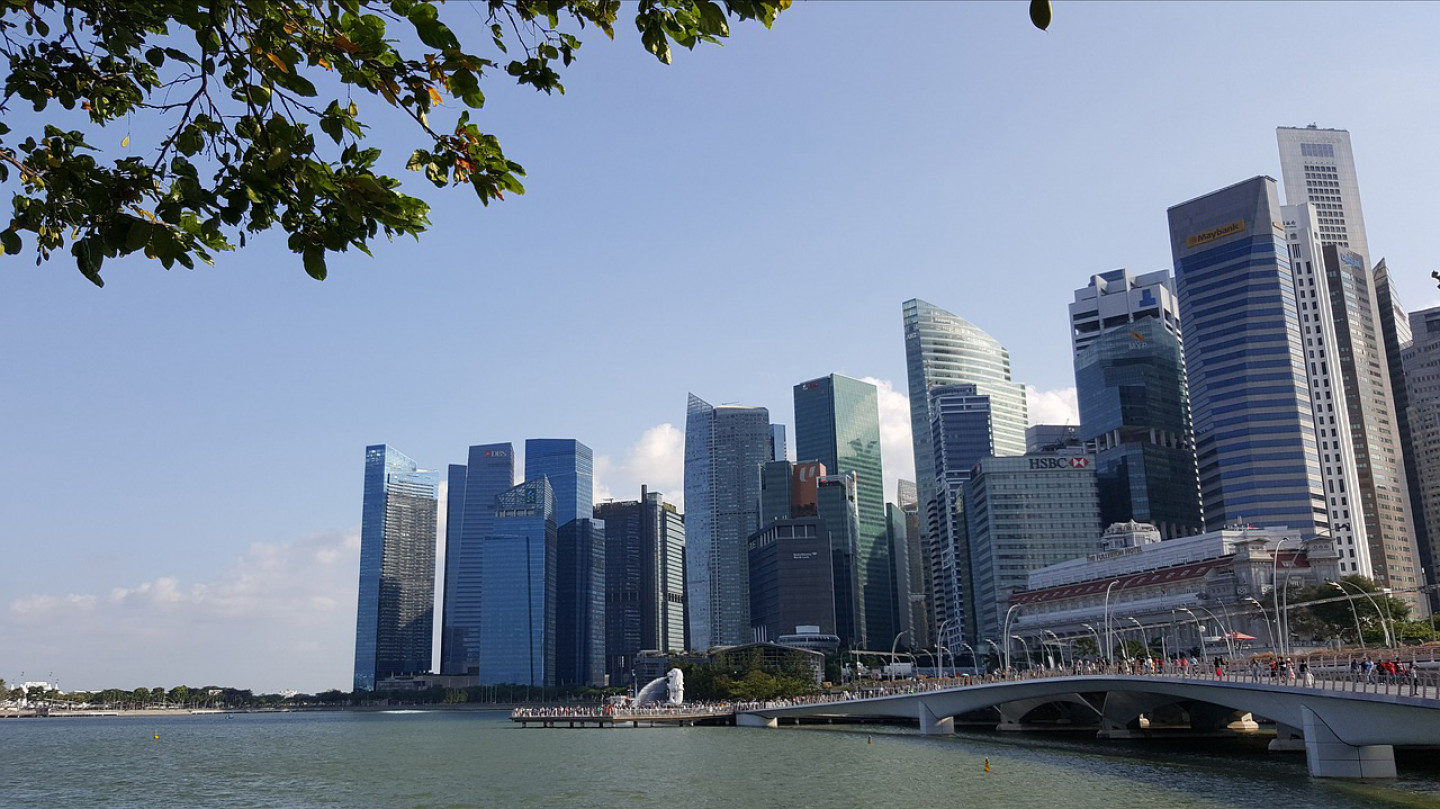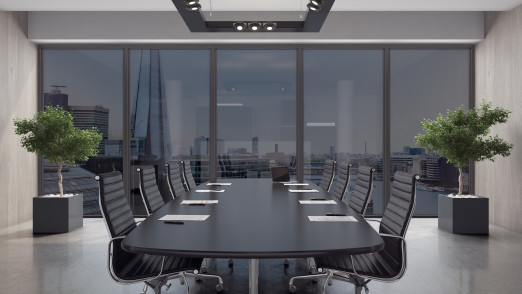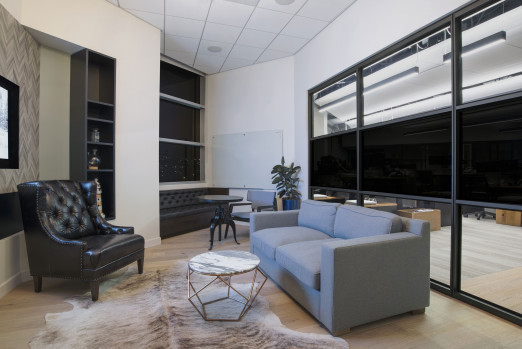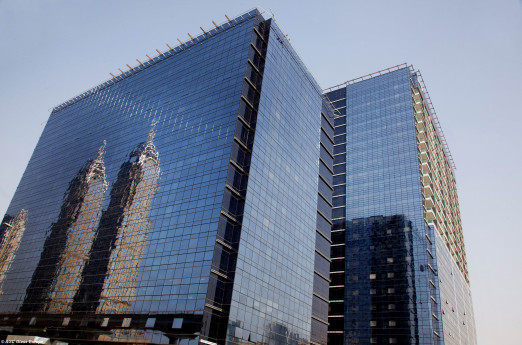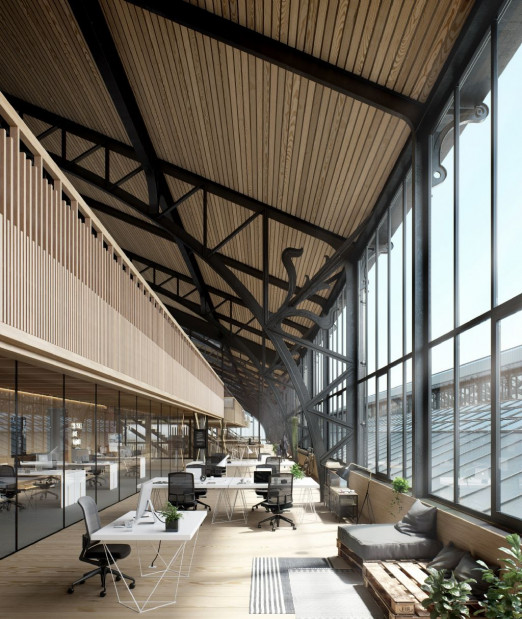For building occupants, daylight glare is one of the major challenges in highly glazed office buildings in Singapore and the tropics. The common solution is to bring down manual or motorised blinds. However, these conventional solutions hamper daylight harvesting and related energy savings potential in attempts of eliminating glare.
As more buildings are constructed with glass, thermal properties of building facade have a significant impact on the cooling and heating loads as well as the lighting loads. Thermal load in buildings is a significant contributing factor in present times when global warming is a major concern.
Electrochromic glazing can dynamically modulate the solar energy entering a building by adjusting its shade for optimising visual and thermal comfort. Halio electrochromic glazing does not compromise on the exterior visual connectivity while eliminating glare successfully.
There are some key advantages to consider:
- Provides energy-saving potential by optimising the daylighting and solar heat gain through the glass.
- Better thermal comfort for building occupants
- Better visual comfort by tint modulation to control glare at the occupant viewing position
In our pursuit to bring more natural daylight to buildings, we took Halio further to study how electrochromic glazing system can reduce the impacts and add value to buildings.
THE STUDY
From January to March 2018, Halio electrochromic glazing was tested with an automated algorithm at the BCA SkyLab in Singapore.
Modelling a physical setup of a real office environment, the outdoor testbed facility studies the performance of energy-efficient windows using the latest electrochromic glazing and Low-E insulated glazing unit. The research was conducted at the world’s first rotatable laboratory to study the performance of Halio smart-tinting glass technology in the tropical conditions of Singapore. This is the first of its kind test-bedding in Singapore and globally to test Halio with automatic control algorithms. An analysis was made on Halio facade performances in terms of heat gain, its impact on thermal and visual comfort and energy savings potentials from lighting and air-conditioning in Singapore’s tropical climate.
The testing was performed for two different window orientations (North and West) to represent most of the buildings in Singapore. The West orientation combination of Halio, automatic dimming of LED lights and chilled beam type of Heating, Ventilation And Cooling (HVAC) system was tested against the combination of Low-E double glazing unit, fluorescent lights and typical Singapore fan coil type of HVAC system.
The research was conducted by Energy Research Institute at NTU (ERI@N), Nanyang Technological University, Singapore in collaboration with the Building and Construction Authority (BCA), Singapore.
KEY FINDINGS
Generally, facades with electrochromic glazing could effectively block glare without compromising on visual connectivity. The study has validated that electrochromic glazing also improves thermal comfort level more than Low-e double glazing with blinds.
At Halio, we see electrochromic glazing as a prospective facade solution for Singapore tropical climate. It exhibits higher energy saving potential when compared to double glazing with manual blinds, without compromising on the visual and thermal comfort of the occupants. Halio electrochromic glazing’s ability to modulate the solar heat gain through the window, reduce stress on HVAC and other equipment. Though it is highly dependent on local weather and orientation of windows, the electrochromic glazing could be programmed by splitting the façade into sections for flexibility in controlling daylight, view and thermal comfort. This way, buildings consume minimal energy and can optimise daylight and comfort.
With adoption of new and innovative smart technologies such as Halio smart-tinting glass system, the associated benefits are not only for the occupants but also for the building owners. There is more to the life of buildings and this is just the beginning.
Read more about the study here
Download the whitepaper highlights here
